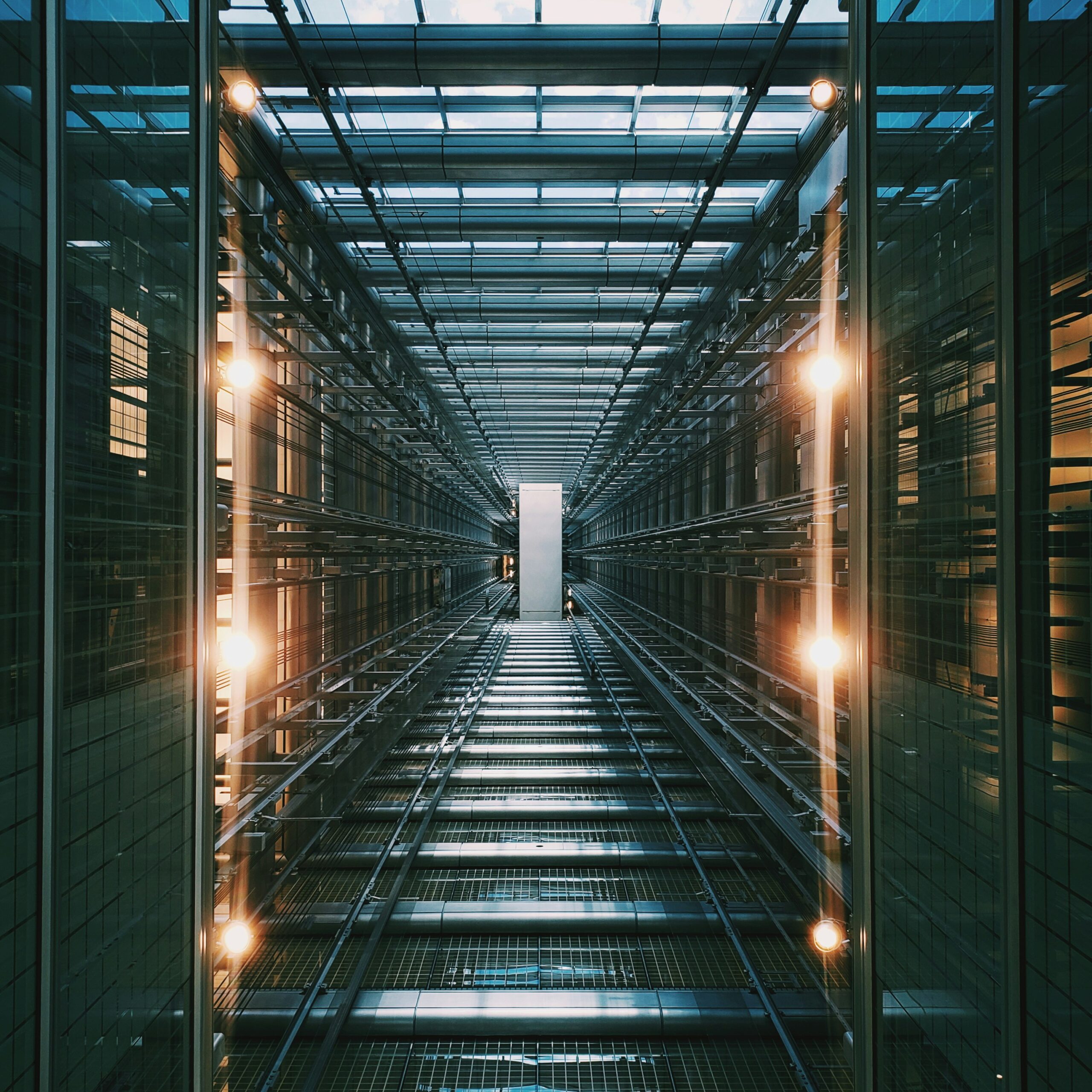In today’s digital-first economy, data centers are the beating heart of organizational operations. Yet, as demand for computing power grows, so does the environmental impact. The challenge for IT leaders is clear: how to balance performance, scalability, and sustainability without compromise.
A recent solution brief from Dell Technologies and Microsoft outlines a practical roadmap for achieving this balance, showing how modern infrastructure can help organizations reduce their environmental footprint while boosting efficiency.
The Sustainability Imperative
Data centers consume vast amounts of energy and resources. With increasing regulatory pressure and rising expectations from customers and stakeholders, sustainability is no longer optional—it’s a business-critical priority. Organizations that fail to act risk higher costs, reputational damage, and missed opportunities for innovation.
A Collaborative Approach
Dell Technologies and Microsoft have a long history of collaboration, and their latest joint solution combines Dell PowerEdge servers with Microsoft Azure Stack HCI. Together, they deliver an end-to-end infrastructure designed to:
- Optimize resource utilization
- Consolidate workloads onto fewer servers
- Reduce energy consumption and carbon footprint
- Support hybrid and multi-cloud strategies
Doing More with Less
The key insight is that sustainability and performance are not mutually exclusive. By leveraging the latest hardware and cloud innovations, organizations can do more work with fewer servers. This not only lowers operational costs but also contributes to long-term environmental goals.
Building a Resilient, Sustainable Future
The roadmap presented in the whitepaper is more than a technical upgrade—it’s a strategic shift. IT leaders who embrace sustainable infrastructure are positioning their organizations to thrive in a future where efficiency, resilience, and responsibility go hand in hand.








